 Before the end of the shloshim following the petira of HaGaon HaRav Michel Yehuda Lefkowitz ZATZAL, it has been learned that the famed esrog tree in the yard of his Bnei Brak home began drying out, the Merkaz Ha’inyanim newspaper reported.
Before the end of the shloshim following the petira of HaGaon HaRav Michel Yehuda Lefkowitz ZATZAL, it has been learned that the famed esrog tree in the yard of his Bnei Brak home began drying out, the Merkaz Ha’inyanim newspaper reported.
It is known that the late rav planted seeds for the tree, seeds that he received from the Chazon Ish, to make sure that he would have an esrog that was free of any doubts of crossbreeding.
It is reported that the Chazon Ish gave the seeds to the rav towards ensuring this particular line of esrogim would continue. Rav Lefkowitz told the Chazon Ish that he simply does not know anything about planting or maintaining an esrog orchard, fearing the effort would demand too much of his time from limud Torah, but the Chazon Ish remained persistent, adding “HaKadosh Baruch Hu can send a bracha with a simple wind”, and so it was, and the tree was planted and blossomed, until the petira of the rav.
The tree provided esrogim for kiyum hamitzvah for some six decades, esrogim that were used by Gedolei Yisrael Shlita, talmidim of the Chazon Ish and members of Rav Lefkowitz’s family. The Rebbe from Toldos Aaron also received such an esrog annually. Some of these esrogim was used to plant additional trees, today known as esrogim “Zan (Variety) Chazon Ish”.
When the Toldos Aaron Rebbe heard of the situation, he sent esrog experts to Bnei Brak to inspect the tree towards validating the situation and seeing if they could assist. The experts reported the tree appears to be drying out, without any reason, and they simply remain clueless as what can be done.
(YWN – Israel Desk, Jerusalem)

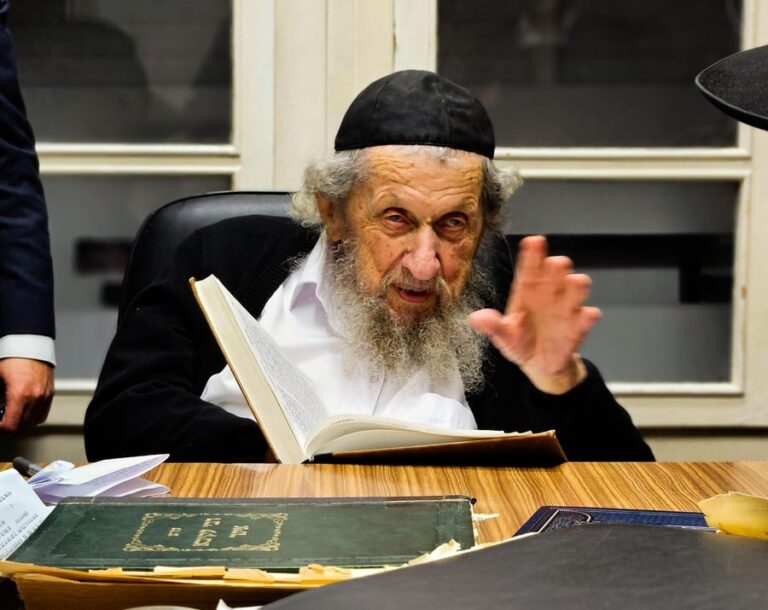
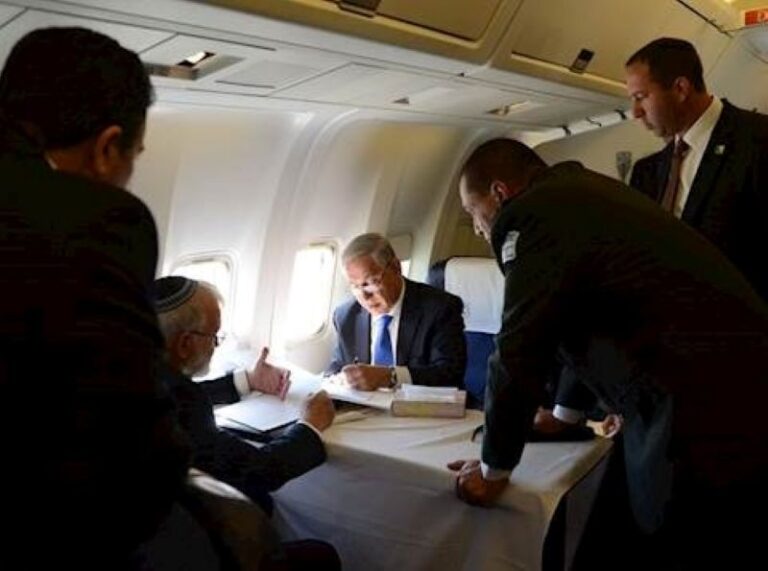
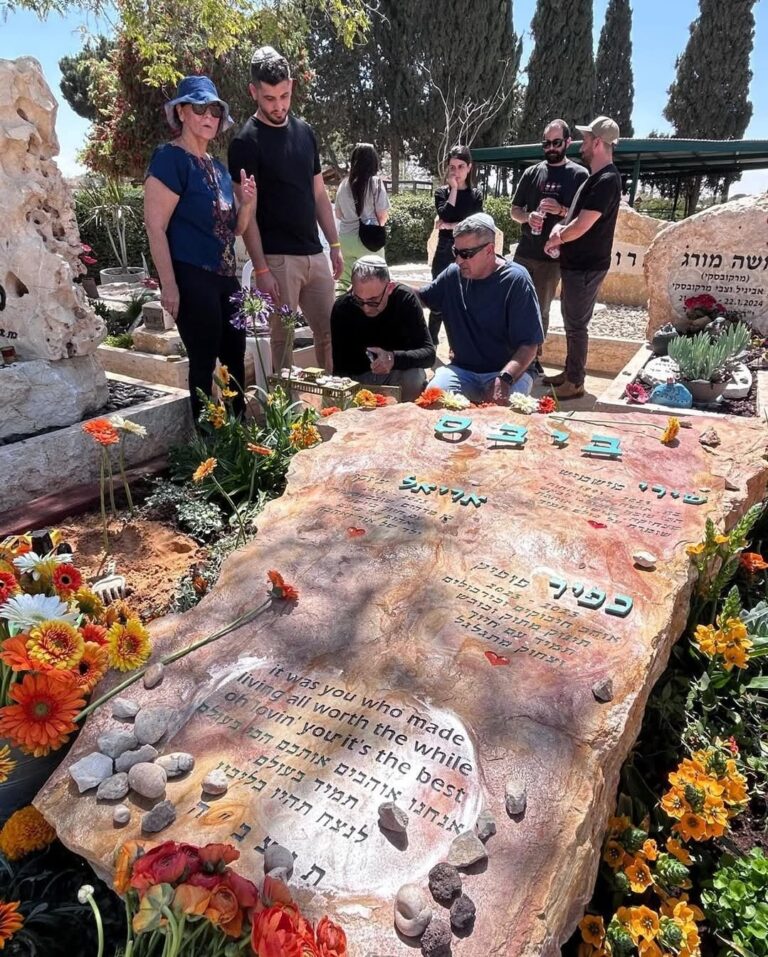

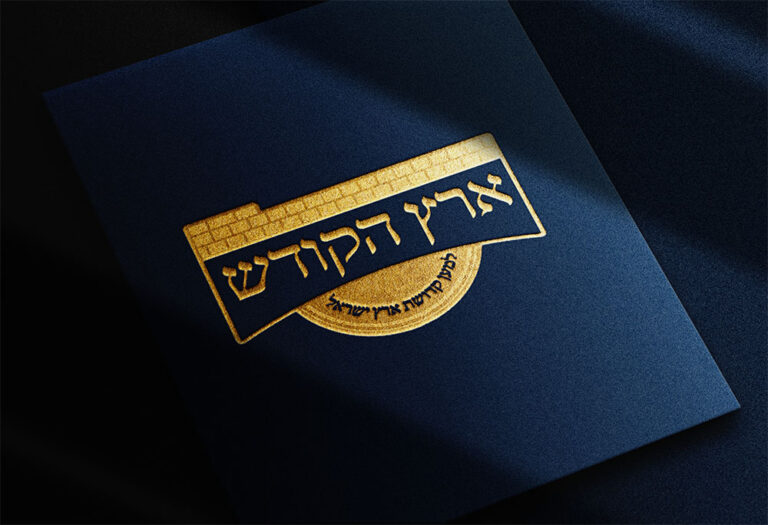

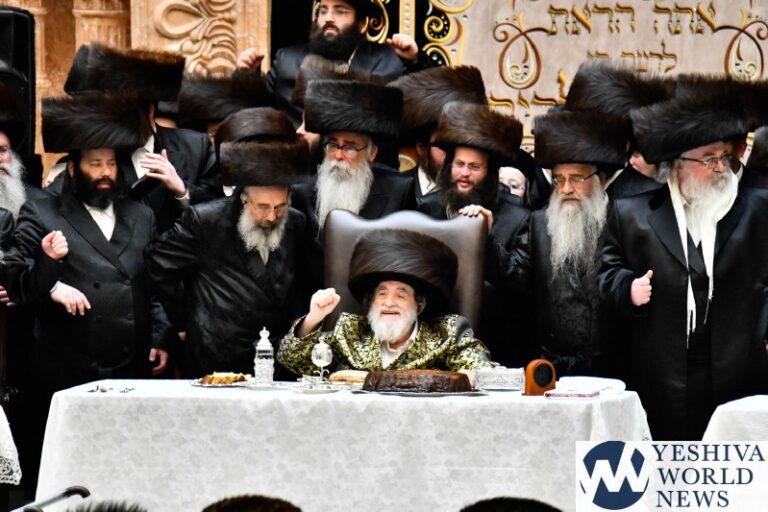
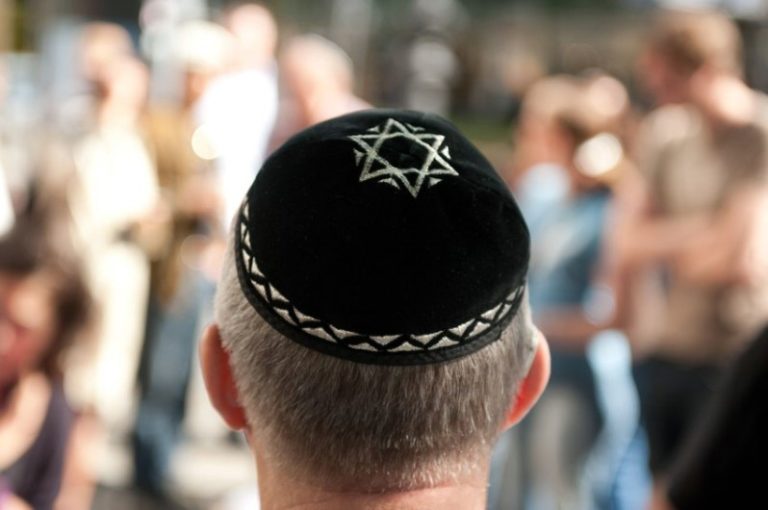
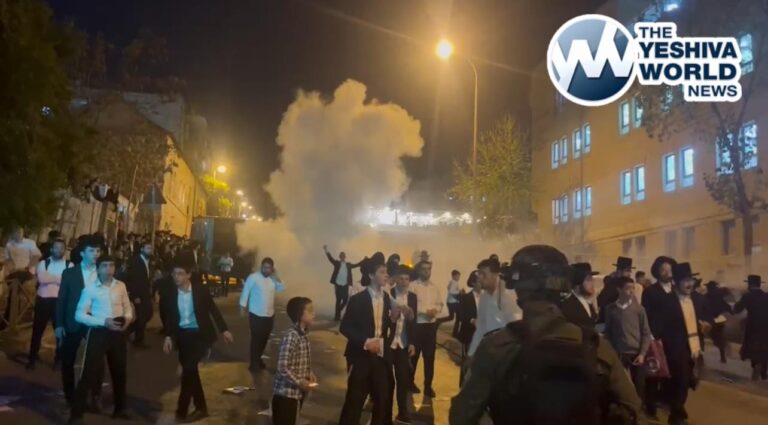

6 Responses
Maybe someone else should start watering it now.
I thought we only tell stories about Mofsim by Chasidim, not Litvaks.
Seriously, though, tying this tree’s drying out to the Petira of Rav Michel Yehuda, ZT”L, would seem to be contradictory to the well-known Medrash about Choni HaMe’agel and the old man whom he saw planting a carob tree. When Choni asked the man why he was planting a tree that takes seventy years to bear fruit when he was an old man, the man responded that just as his grandfather had planted a tree and he benefited, he was planting a tree so that his grandchildren would benefit. Point being – we should do good deeds that benefit future generations, even after we are gone.
If a simple farmer understood this, and if this is brought to us as a lesson in a Medrash, can’t we assume that Rav Michel Yehuda ZT”L would have felt the same way?
an Israeli Yid
#2 – It’s a gemara in ta’anis. Don’t just say it’s a medrash because you don’t know the source.
To “an Israeli Yid.”
this is not a article that I would comment on since I’m not that much of a believer in the paranormal but your question is something that can be answered easily.
The farmer in the Choni HaMe’agel story had a Tafkid of being a farmer and to provide food for the masses, even though he know that he will not be able to enjoy the fruits of his labor he also know that if he doesn’t do that selfless act for future generations then it might never happen since everyone will refrain from doing this action that they can’t reap the benefits from.
Here however the sole purpose of the tree was fulfilled. HaGaon HaRav Michel Yehuda Lefkowitz ZATZAL had no interest in being a farmer nor was his Tafkid on this world to do so (at least I think so) so the only reason this tree had to survive was to serve him and the other Gedoilem in providing them an Esrog but now that he does not need it anymore, it has no reason to survive.
An IDT Graduate
We had an avacado tree in our backyard in Los Angeles. Although my father did not plant it, he bought the house with a very young tree. He nurtured and loved that tree. It yielded the most beautiful, tasty avacados ever for over 30 years. In 1997 my father was niftar. The tree died several months after. I hired experts, etc. but was told there was nothing to do to save the tree. This story really hit home for me.
To #3, Perpetually Perplexed – thank you for your correction. I had thought that it was a Gemara, but was unable to look it up before posting, so I cited as a Medrash, since I recalled it as appearing there as well. Now that you’ve corrected, can you please give the Blat and Amud too, so those interested in learning the Gemara can easily find it? After all, we don’t want someone else to Chas v’Shalom, be misled by my imprecise citation to a generic “Medrash”.
To #4, IDT Grad – I think your argument actually supports my position. If the tree was planted to enable Gedolim (and others) to fulfill the Mitzva of the Arba Minim in a most Mehudar manner, don’t you think Rav Michel Yehuda ZT”L would want “his” tree to continue generating a Dvar Mitzva? I would think that in Shamayim, the use of “his” esrogim would be a tremendous source of Zechusim for him, when he is no longer able to generate Zechusim on his own.
In any case, my original post was intended to be slightly humorous and (perhaps) make one think for a moment; it was not intended to be particularly deep or philosophical.
All the best,
an Israeli Yid